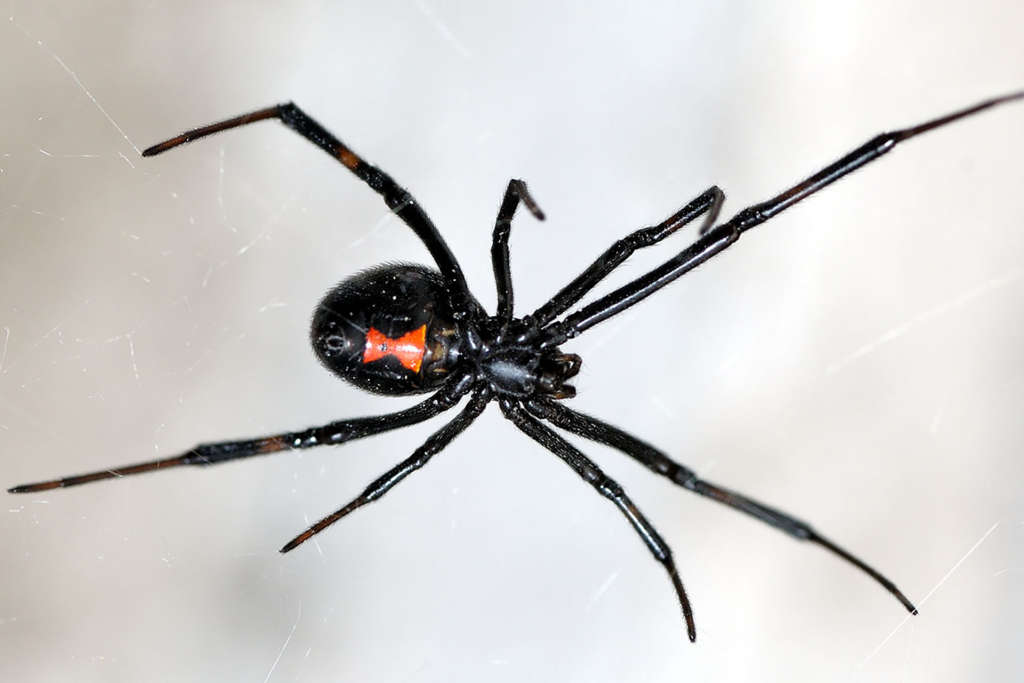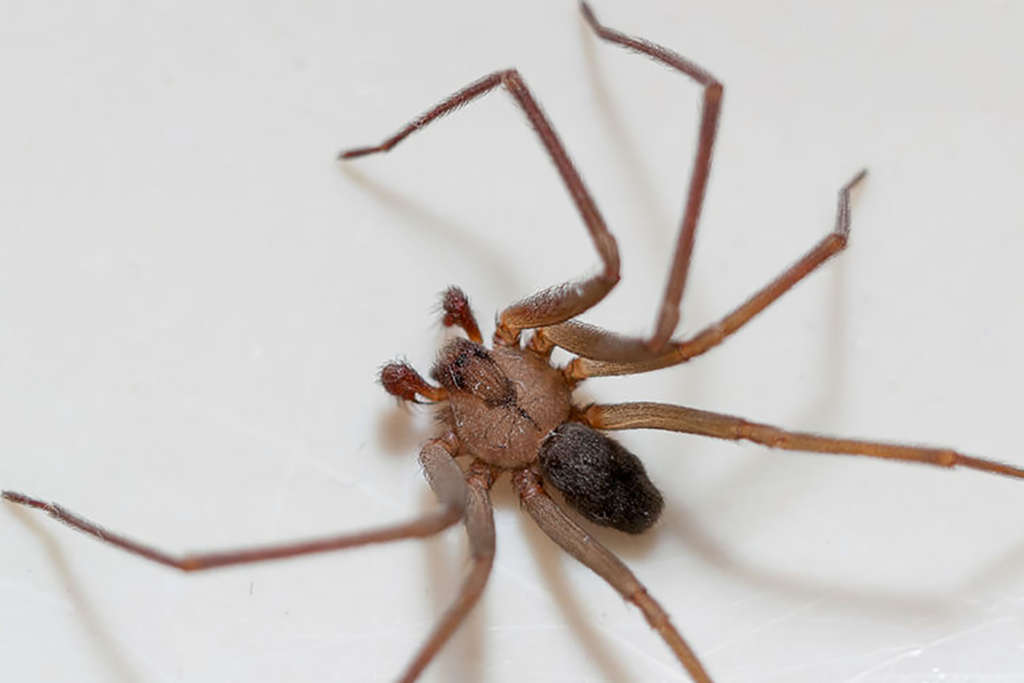More than 300 different spiders occur in Missouri, but only two types are considered serious health threats. Despite this, many of us don’t like spiders inhabiting our living and working space. While spiders are often productive predators, not many of us like spiders or spiderwebs in our personal space!
Biology & Life Cycle
Spiders are easy enough for most children to identify: eight legs, no antennae or wings, and four, six or eight eyes. Spinnerets are located on the posterior tip of the abdomen. This body part is used to produce silk to weave webs.
Within a week after mating, females deposit eggs in a silken egg sac. The number of eggs deposited and the number of egg sacs produced by a single female vary according to species. It takes from a few weeks to a year for the eggs to hatch and the young spiderlings to emerge. Young spiders typically climb to a high point in their surroundings with suitable air currents, spin silk threads into the air and float away like tiny parachutists. This behavior is called ballooning and aids in dispersal.


Habitats in Missouri
Diet & The Hunt for Food
Thankfully, spiders have very little interest in humans. Instead, they play an important role in regulating insect populations in many different ecosystems. Spiders have a pair of hollow, fangs and venom-producing glands that they use to subdue their prey. Using the fanglike mouthparts, they inject venom into their prey’s exoskeleton.
Not all spiders catch their prey in the same manner, though. Some sit and wait on a web, while others leave their webs and actively stalk prey. Most spiders are active at night and usually remain hidden during the day. They will quickly run away when disturbed.
Request a Free Pest Inspection
Request a Free Pest Inspection
Or call or text us at 636-297-1335
Or call or text us at 636-297-1335
Management & Eradication
Please visit the University of Missouri’s Spiders webpage for more information about spiders.

